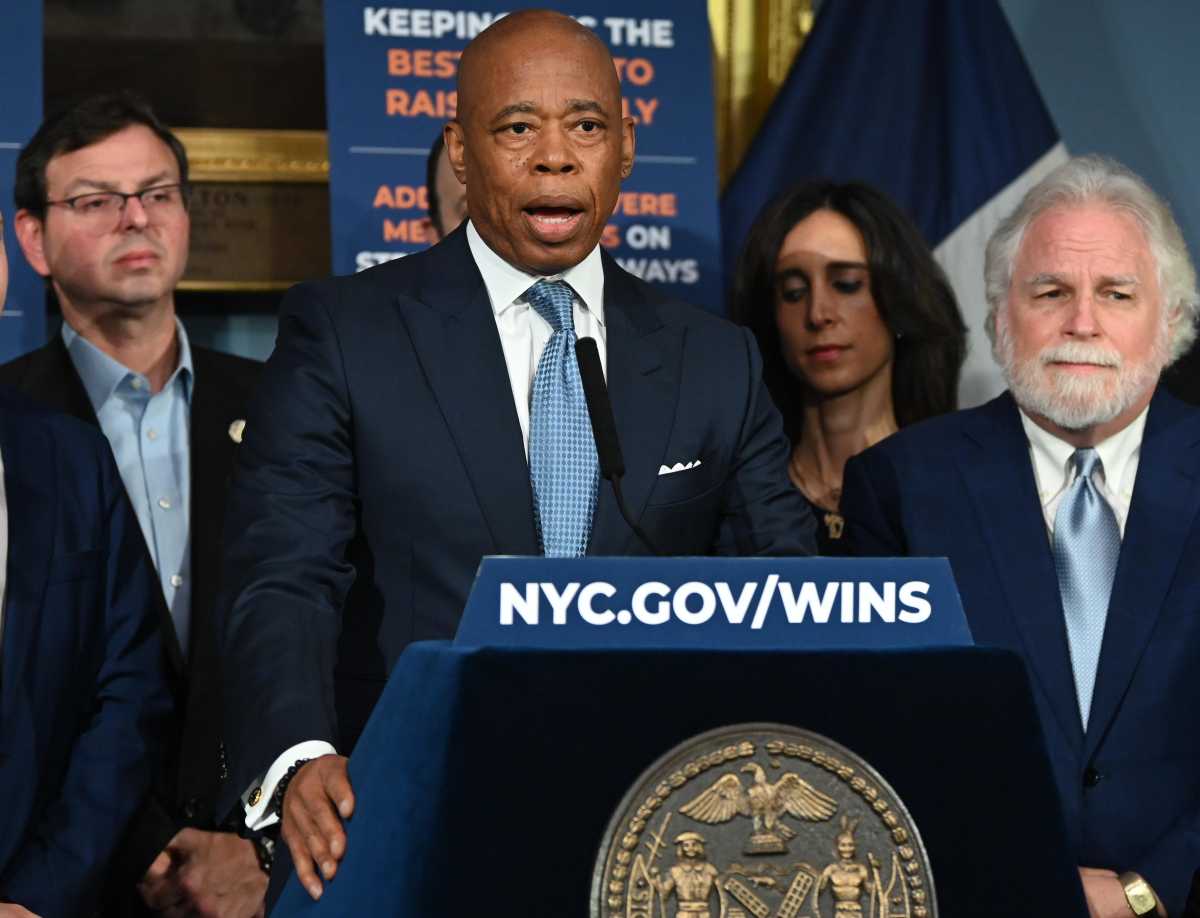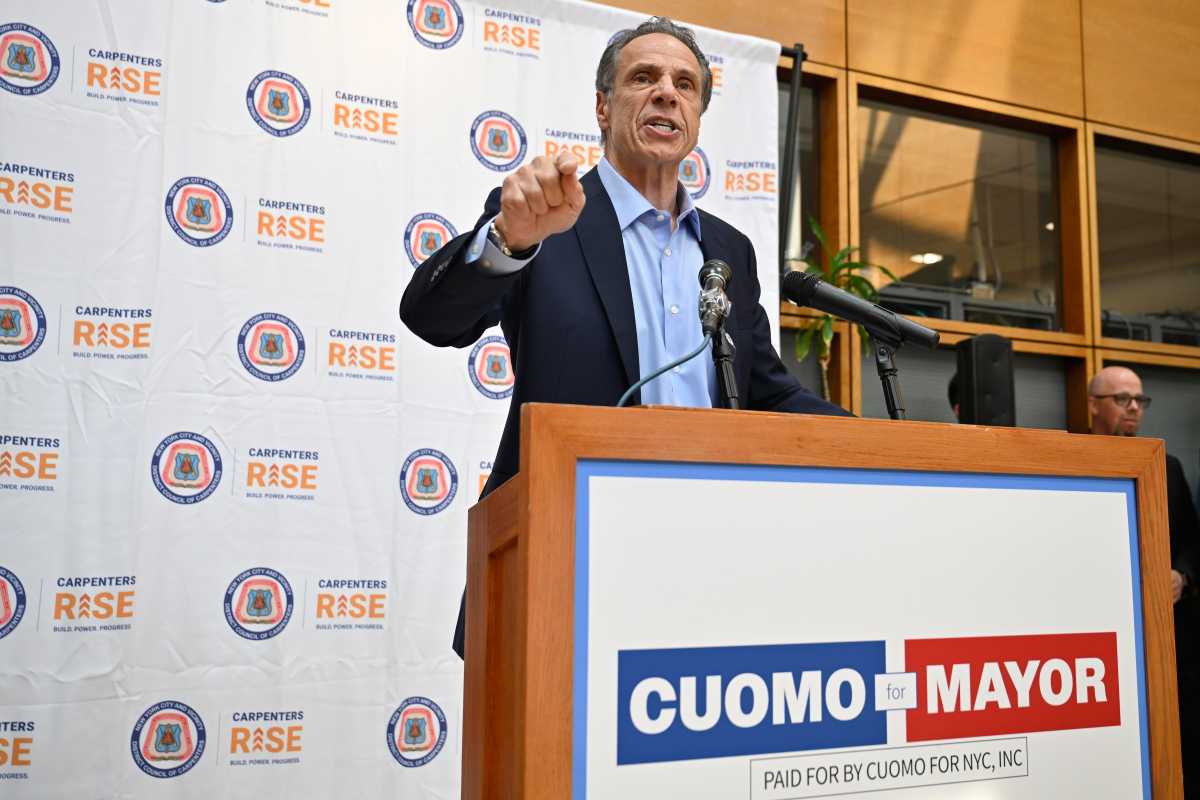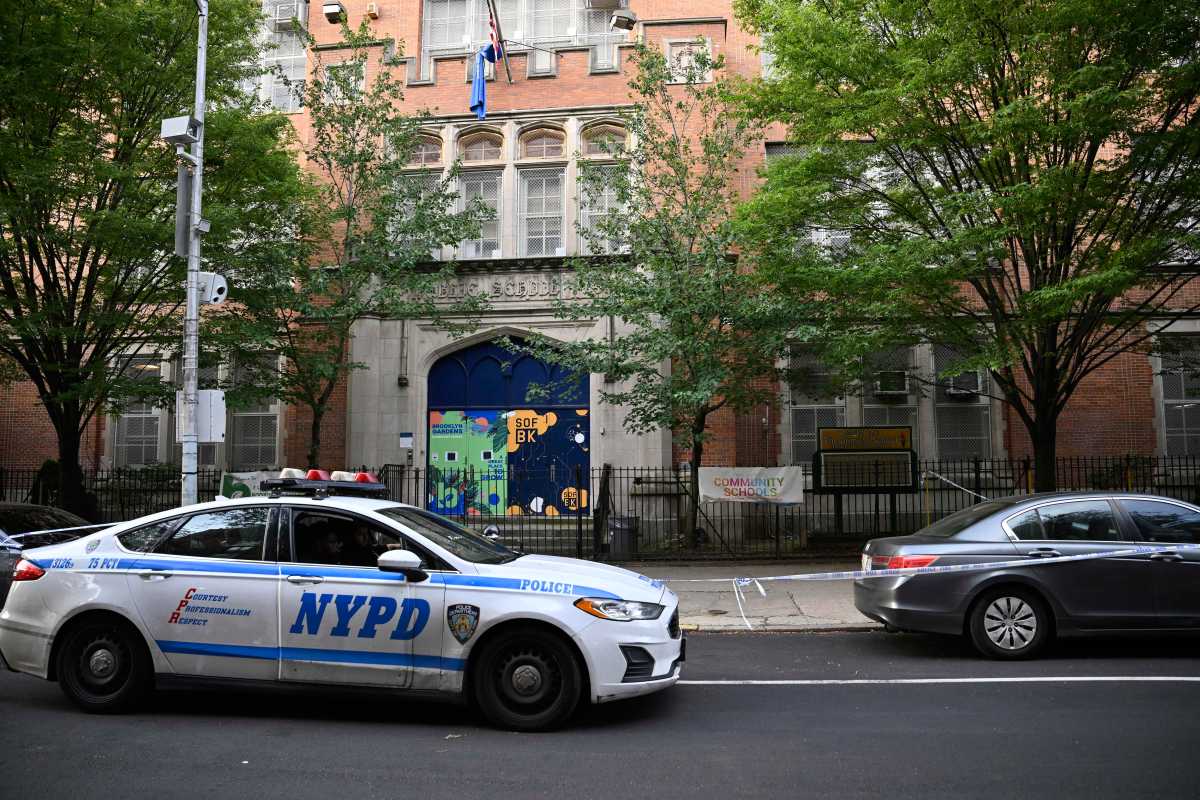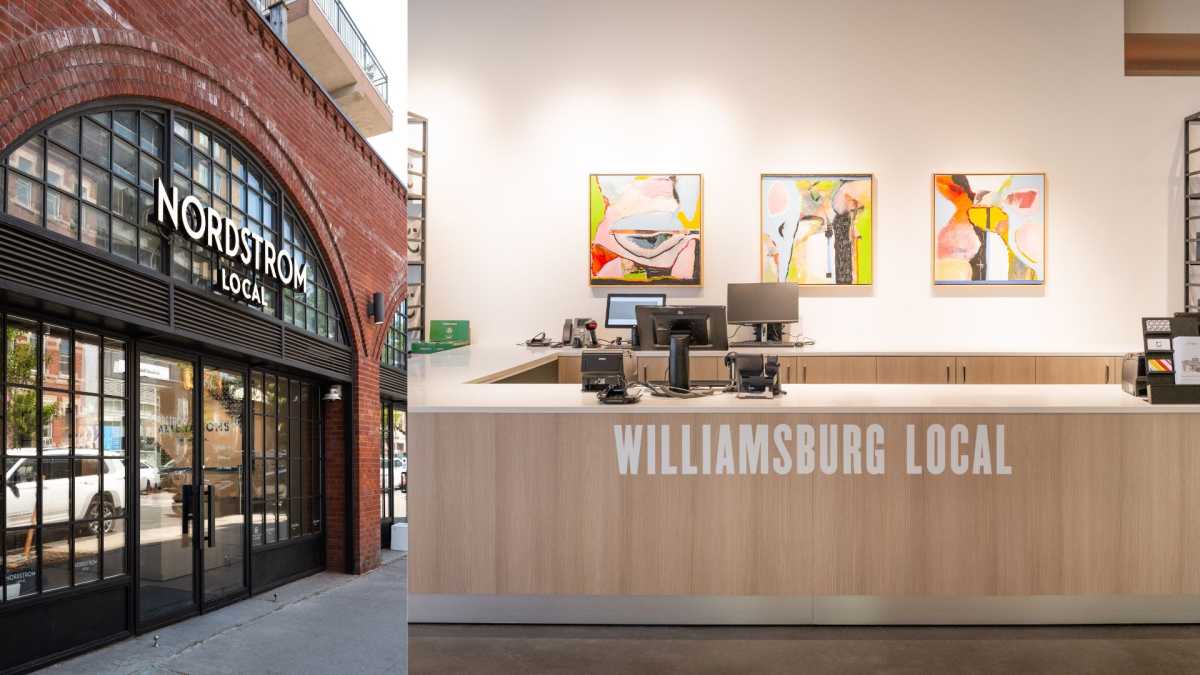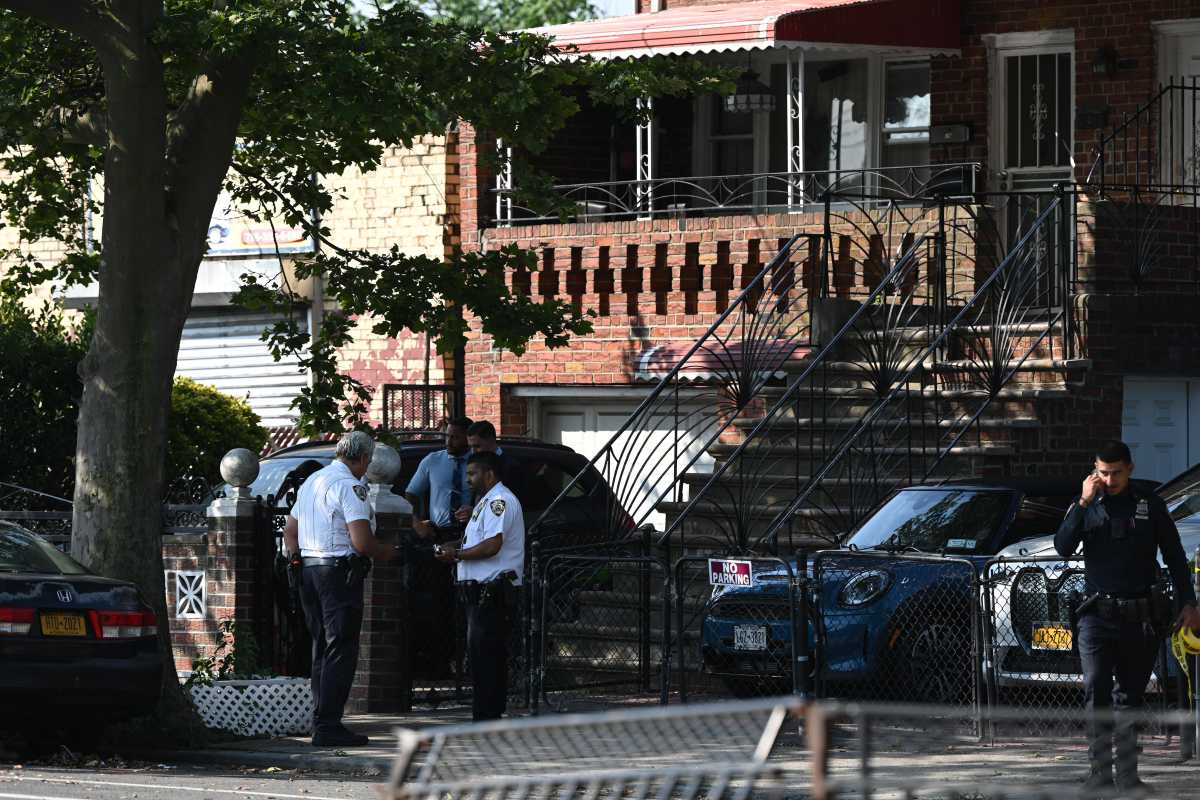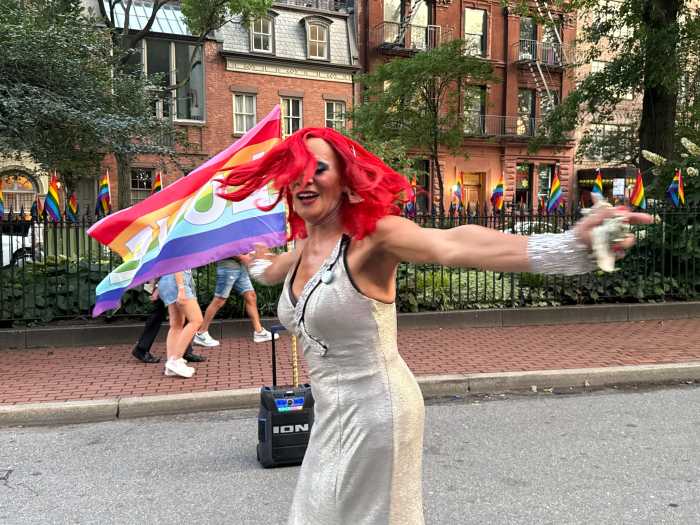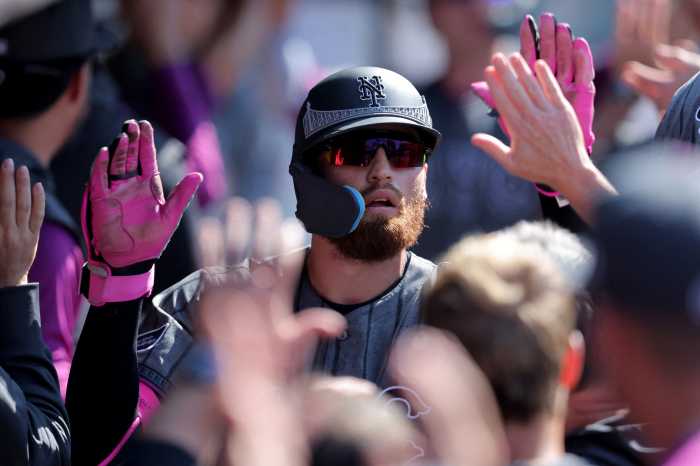To the Editor,
For some time now, Brooklyn has been in the midst of its own building boom, which has continued to drive economic growth all throughout the borough. But as the face of Brooklyn continues to change, the biggest question for stakeholders across the spectrum is how this development can be leveraged to spur opportunities for Brooklyn’s longtime residents to achieve meaningful employment.
We at Construction Workforce Project firmly believe that longtime Brooklynites should benefit from the rapid pace of development, which can only truly happen if construction job opportunities are made available to local residents, not just to workers commuting from outside the city.
But, the good news is that the construction industry is also changing. The industry’s recent shift from the restrictive union model to the open-shop hiring model has opened doors for Brooklynites to work in the field, earning wages and benefits far above that offered in other entry-level positions.
Stakeholders across Brooklyn have watched the borough change dramatically over the past few decades. As a new generation of Brooklynites moved in, fewer and fewer opportunities became available for the communities of color that had called Brooklyn home for decades. Those stakeholders also know that barriers to entry stand in the way of many workers gaining a job the many construction sites all around Brooklyn.
New developments always came with promises from developers and city politicians of new jobs for local residents. But when local residents applied for a position, they found they were not qualified because they were not in a union, consequently lacking the proper apprenticeship credits or training necessary to be considered.
However, the industry’s shift to open shop has meant more developers are free to work with safe, quality contractors, who have opened up the industry to those workers unable to join unions and access those employment opportunities.
Open-shop sites are statistically far more likely to hire a New York City–based and racially diverse workforce than their union counterparts. For reference, three out of four open-shop construction workers are black or Hispanic, and the same number are city residents. Now, construction sites around Brooklyn actually reflect the diversity of the borough, rather than the diversity of the suburban tri-state area.
The expansion of open shop has also meant more support for Brooklynites working on construction projects across the borough and the city. Thanks to new safety and skills training programs offered by open shop employers, more men and women are able to enter the industry. Open shop workers are able to earn a minimum wage of at least $20-per hour — which is much higher than the current state and federal minimum wages — on top of health-care programs and retirement packages.
And yet, despite all these benefits, the open shop and its workers have been relegated to afterthought status for many Brooklynites and their representatives. It’s only by bringing these conversations to the forefront of our agendas that meaningful policies will be put in place to protect the rights of open-shop workers and their families. We look forward to making this a priority for Brooklyn in 2019.
Clark Peña
Construction Workforce Project is an advocacy group for non-union workers
We need ‘Dreamers’
To the Editor,
On Jan. 23, the New York State Legislature finally passed the Dream Act. Yet, nearly every single Republican state Senator and Assembly member voted against it.
When it comes issues of immigration, New York Republicans, like the national party, continue to bury their heads in the sand, while millennials, the largest voting bloc in U.S. history, overwhelmingly support policies that would provide a pathway out of the shadows for young, undocumented immigrants.
For young so-called dreamers, the United States is the only home they’ve ever known, and we, as a party, need to start building bridges instead of plugging holes in our dilapidated, antiquated walls.
New York’s Dream Act allows undocumented children to qualify for tuition assistance, provided they meet certain requirements. They must attend a New York state high school for at least two years, graduate high school or a high-school equivalency program, apply to college within five years, and have at least one parent or guardian who legally immigrated to the United States, or is otherwise eligible for in-state tuition rates.
The Development, Relief, and Education for Alien Minors Act is not about rewarding non-citizens over citizens, it doesn’t “devalue” what it means to be American. If anything, it fulfills the American dream for thousands of young people brought here by parents desperate to give their children a better life and a brighter future.
Current rhetoric espoused by prominent New York State Republicans is either willfully ignorant, politically malfeasant, morally wrong, or a combination of all three.
State Senate Minority Leader John Flannagan (R–Long Island) criticized passage of the bill by saying, “… [the Dream Act] will reward law-breaking illegal immigrants with free college tuition.”
Even more disheartening is the statement made by my own state Assemblywoman, Nicole Malliotakis (R–Bay Ridge), who said, “This is a misguided attempt to reject the needs of those who actually elected us to be here, and putting those that are here unlawfully ahead of them.” Assemblywoman Malliotakis, especially, should know better. As a daughter of immigrants, you’d think she’d be more invested in securing a better future for other sons and daughters of immigrants. Instead, she’s chosen to cast dreamers as “unlawful,” as if they had a choice in the matter.
She’s chosen political expediency over doing the right thing. Sad.
Pitting young undocumented immigrants against natural-born U.S. citizens is a tactic straight out of the Trump playbook, one that’s contributed to the political wipeout of the New York State Republican Party. According to the New York City Mayor’s Office of Immigration Affairs, in 2017, dreamers contributed $4.7 billion to the city’s gross domestic product and they account for more than $2 billion in total earnings every year. Not only is support for the Act good political sense, it’s morally right, and it makes sound economic sense as well.
Instead of alienating and exiling undocumented immigrants, the party that ended slavery and championed liberty for all should be embracing them. Their values are our values. They want to go to school, learn, graduate, get a job, pay taxes, own a home, and raise a family. Dreamers are our friends, our schoolmates, our co-workers, our neighbors, and if you go to John Jay College like I do, are fierce advocates for justice. Time and again, dreamers continue to exceed expectations while the deck continues to be stacked against them.
Instead of taking issue with tuition aid going to dreamers, Republicans should take issue with the limited amount of tuition aid available, or the failure to make City of New York and State of New York schools more affordable. Make that your battle cry.
Inclusion is a much more powerful message than division.
Ronald Reagan knew that.
Joel Acevedo
Joel Acevedo is Vice President of the Brooklyn Young Republican Club, and founder of the Sunset Park Republicans.
Is it any wonder?
To the Editor,
Is it any wonder that our schools are in the condition they’re in when we have groups such as Urban Youth Collaborative marching around and demanding the relaxation of suspensions in our schools for egregious behavior?
Where are the groups to organize in demanding the rights of students who come to school to learn but are prevented from doing so due to the chronically disruptive child? Such children have no place in our public schools. No child has the right to disrupt another child’s education.
When was the last time that state Sen. Velmanette Montgomery and Assemblywoman Cathy Nolan stepped into a city classroom? Our politicians hide from the facts regarding the daily violence and disruptions that occur.
Once and for all: Stop making this a racial issue. Regardless of race or religion, if you can’t control yourself in school, you don’t belong there. You should be out working. Maybe then you would come to appreciate an education. As soon as the 600 schools for the unruly were done away with, our schools headed southward. Who is to determine what a minor infraction is? Not suspending children in grades kindergarten through third shall only embolden children to become more unruly as they move on in the system.
Stop this nonsense and return the schools to old-fashioned discipline. Let teachers teach and not serve as babysitters.Ed Greenspan
Sheepshead Bay
If Dem Bums had stayed
To the Editor,
Jan. 31 marked the 100th birthday of baseball legend and civil-rights activist Jackie Robinson. It reminded me of the “Boys of Summer” winning Dodgers teams from the 1950s. They included catcher Roy Campanella, first baseman Gil Hodges, second baseman Junior Gilliam, shortstop Pee Wee Reese, third baseman Billy Cox, right fielder Carl Furillo, and Jackie Robinson, who played several positions. Most have long forgotten that today’s Los Angeles Dodgers had their roots in Brooklyn.
The original Brooklyn Dodgers name was derived from Brooklyn residents who would dodge trolley cars, which ran for decades until their own decline and final death in the 1950s. Ordinary Brooklyn natives could ride the bus, trolley, or subway to Ebbets Field to see their beloved Dodgers. Working and middle class men and woman of all ages, classes, and races co-mingled in the stands. Everyone could afford a bleacher, general admission, reserve, or box seat. Hot dogs, beer, other refreshments, and souvenirs were reasonably priced. Team owners would raise or reduce a player’s salary based on their performance the past season. Salaries were so low, that virtually all Dodger players worked at another job off season. Most Dodger players were actually neighbors who lived and worked in various communities in the County of Kings. Residents of the era sat outside on the neighborhood stoop, shopped at the local butcher, baker, fruit and vegetable stand.
This year marks the 62nd anniversary of the old Brooklyn Dodgers playing their final season in Kings County. During the 1950s, Dodgers owner Walter O’Malley tried to find various locations for construction of a new baseball stadium, which he pledged to finance using his own funds. With limited seating and automobile parking capacity at Ebbets Field, he needed a new modern stadium to remain financially viable.
New York City master mega builder Robert Moses refused to allow him access to the current day Barclays Center site. This location was easily accessible to thousands of baseball fans from all around the Big Apple via numerous subway lines.
Thousands of fans who moved to Queens and Long Island would have had direct access via the Long Island Rail Road. Imagine how different Brooklyn would have been if elected officials had stood up to Robert Moses and allowed construction of a new Dodgers stadium Downtown. The 1950s Boys of Summer might have played on with new players entertaining new generations for decades more.
Larry Penner
Great Neck


